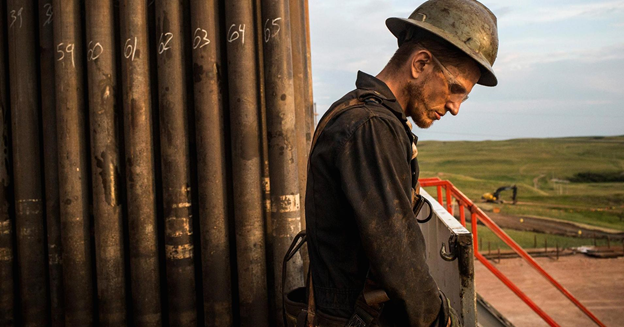With the high visibility of eco-warriors decrying the oil and gas industry, is it any wonder that fewer college grads are going into the trade? The web is filled with inches of news talking about the growth of alternative energy and the plummeting oil sector. Even for the most stalwart supporter of this bust and boom industry, the outlook is grim. That is, unless you talk to someone trying to recruit new engineers and other high end workers for the oil and gas sector.
They will tell you that the business is doing just fine, thank you, and that they have a need for everything from engineers to work on new designs for rotary seals for the high-end drills to managers to coordinate the exploration of new wells. It seems, as Mark Twain so famously said, that reports of its death has been greatly exaggerated.
Shortage of Mid-Level Workers
The biggest area that is actively looking to recruit from other industries or pull old workers out of retirement is for mid-level workers. Many of these experienced oil industry employees left the industry during the bust years a few years back and are unsure about returning. With them they took many years of experience, a commodity in great demand as industry ratchets up for a new era of boom.
Many see the huge layoffs in the early 2010s as having a huge payback today, when the engineers and managers that have the right skills are hard to find. While many job recruiters did try to talk the oil executives from going through with the massive layoffs seen in these years, their predictions have come back to haunt them. Fresh and wet behind the ears engineers cannot replace the massive number of seasoned workers that were lost during the last big layoffs.
Lack of Stability Sited
As the industry begins to recover from its last swing down, recruiters are warning that the cost of replacement will be high. This is because even if you could find the right engineers, they are often not interested in entering an industry so prone to instability for employment.
The swing of bust and boom, followed by massive layoffs, means that many university grads are looking at related fields that offer greater stability. Jobs in all of the energy sector has seen a massive downturn and some think that the cycle of bust and boom may be a major reason.
Geography Plays a Role
Another major stumbling block for recruiters out looking for engineers and other skilled workers is the location of the work. Oil patches are traditionally in remote locations, sometimes in harsh weather conditions such as those in Alberta’s oil sands or remote Alaska oil fields. When new rigs are designated for these remote locations, the extra pay sometimes does not compensate for the isolation and battle with depression so often associated with these work sites.
New Approach Needed
In the end the energy industry will need to take a long hard look at their hiring practices to see how they can solve this problem. As more and more young people look towards high paying jobs in tech and other industry sectors, can the energy industry keep up? Stability, pay equality and a recognition it takes more than good pay to attract workers is needed. The question remains if the industry is capable of making the changes it needs to continue to attract the best and brightest.

